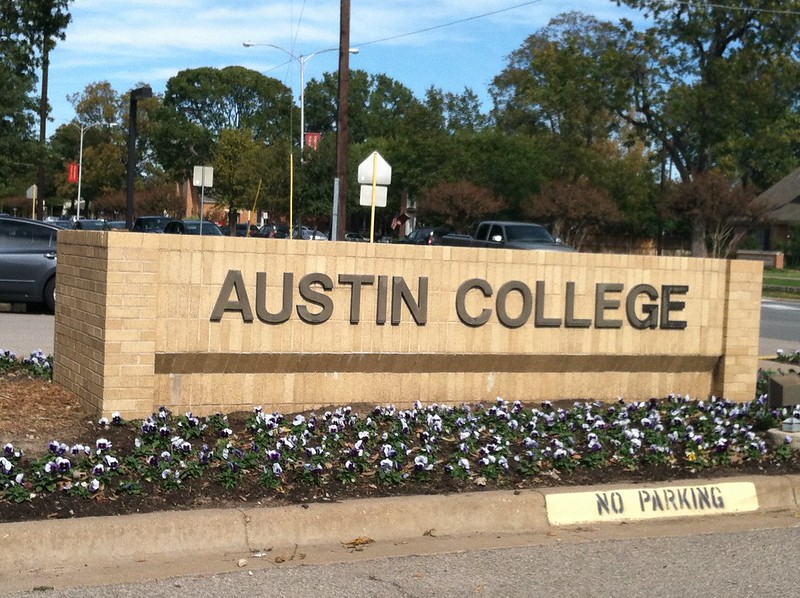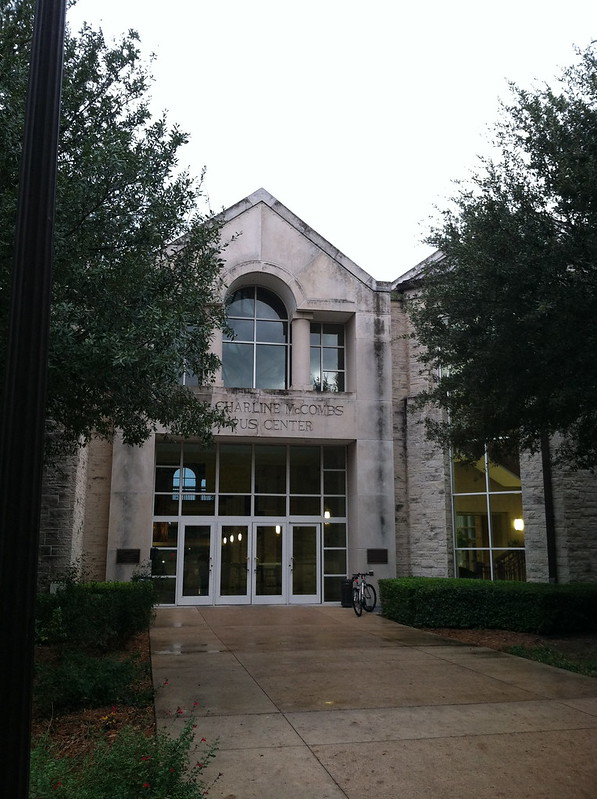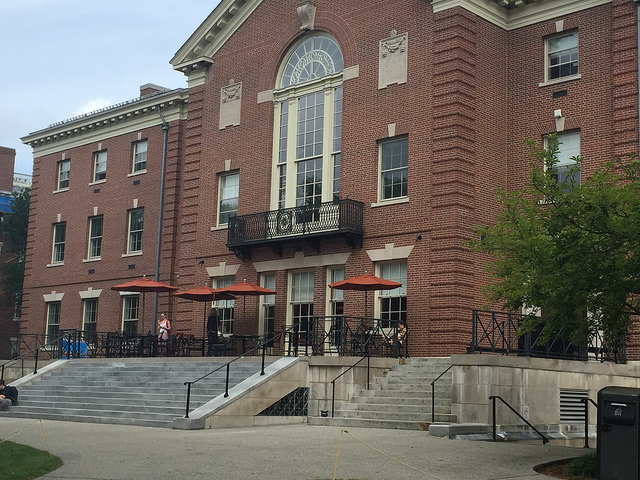Brown University Graduation Rate: 94.3%
For students applying to Brown University, it’s worth taking note that the current president, Ruth Simmons, is retiring at the end of this academic year, after being in that role for 10 years. It’s worth taking note because the president shapes the campus culture in numerous ways. Although, as a student, I rarely saw Stanford’s then-president, Donald Kennedy, his leadership left an indelible mark on the research agenda, faculty focus, and even student life.
Ruth Simmons had a successful tenure at Brown. In this excerpt from NPR’s Talk of the Nation, she discusses her proud legacy:
CONAN: We’re talking with Ruth Simmons, the president at Brown, at least until the end of this academic year. You’re listening to TALK OF THE NATION from NPR News. And let’s get Payton on the line. Payton with us from Fayetteville in Arkansas.
PAYTON: Yes. Hi. My question was about – actually, I heard on NPR today a report about the rising cost of tuition. And my question that I want to pose is just how the cost has change since you started as president at Brown and what you see is the future for making college more affordable across the board for everyone.
SIMMONS: Well, this is a huge national issue, as you know, and one that we obviously are struggling to address. The fact is the internal rate of inflation within the higher education is very costly because of all the things that we’re trying to do, the laboratories that we have to build, the resources that students need for highly technical fields today. All of these things create costs that must be met.
At Brown, we are very fortunate to be in a position to be need-blind. This is a change that I implemented after I came to Brown, and it’s probably the thing that I’m proudest of in my time at Brown. That is to say, to make sure that no student, no matter their economic circumstances is prevented from coming to Brown because of their family circumstances. We guarantee enough financial aid for them to come to Brown. They are admitted without our knowing their actual financial need, so that’s why it’s called need-blind. And once we admit the student, we discover what need – the financial need they have, and then we meet that need.
So we are obviously proponents of raising funds to support financial aid so that no student will be denied matriculating because they happen to be poor. That’s not a solution for all institutions, and so obviously we need to moderate the rate of increase of tuition, to reduce the costs internally to make sure that college education will be affordable in the future.
CONAN: Ruth Simmons, thanks so much for your time, and, again, congratulations on highly successful term as the president of Brown University.
via Brown University President Simmons Steps Down : NPR.
Applicants take heed
The new class of students who attend Brown in the Fall of 2012 will have new experiences that may not necessarily match with their interests. As students are visiting the campus, they should be sure to ask about how students will be involved in selecting the next president of Brown University and what measures of student participation will figure into the new president’s transition. If a student is admitted, I highly urge them to visit Brown again in the spring, either for an Admit weekend or alternative period in April to learn more about the next President. Prospective students should learn as much as they can about the leadership before hand to inform their decision. Keep in mind that the next president will have an enormous influence of the campus culture.
Can’t forget Admissions
The other campus administrative role that plays a huge role in campus culture is the admissions director. In my own undergraduate experience, Dean Fred Hargeddon admitted a class of students that was markedly different from the subsequent classes admitted by Dean Jean Fetter. Quite frankly, I’m not so sure that the students who were admitted under Dean Fred would have been admitted under the admissions leadership of Dean Jean. The cohorts of students admitted by Dean Jean’s leadership brought a new level of intensity, deepened specialties.
If you attended college during an administrative leadership change, please let us know what differences you noticed.





